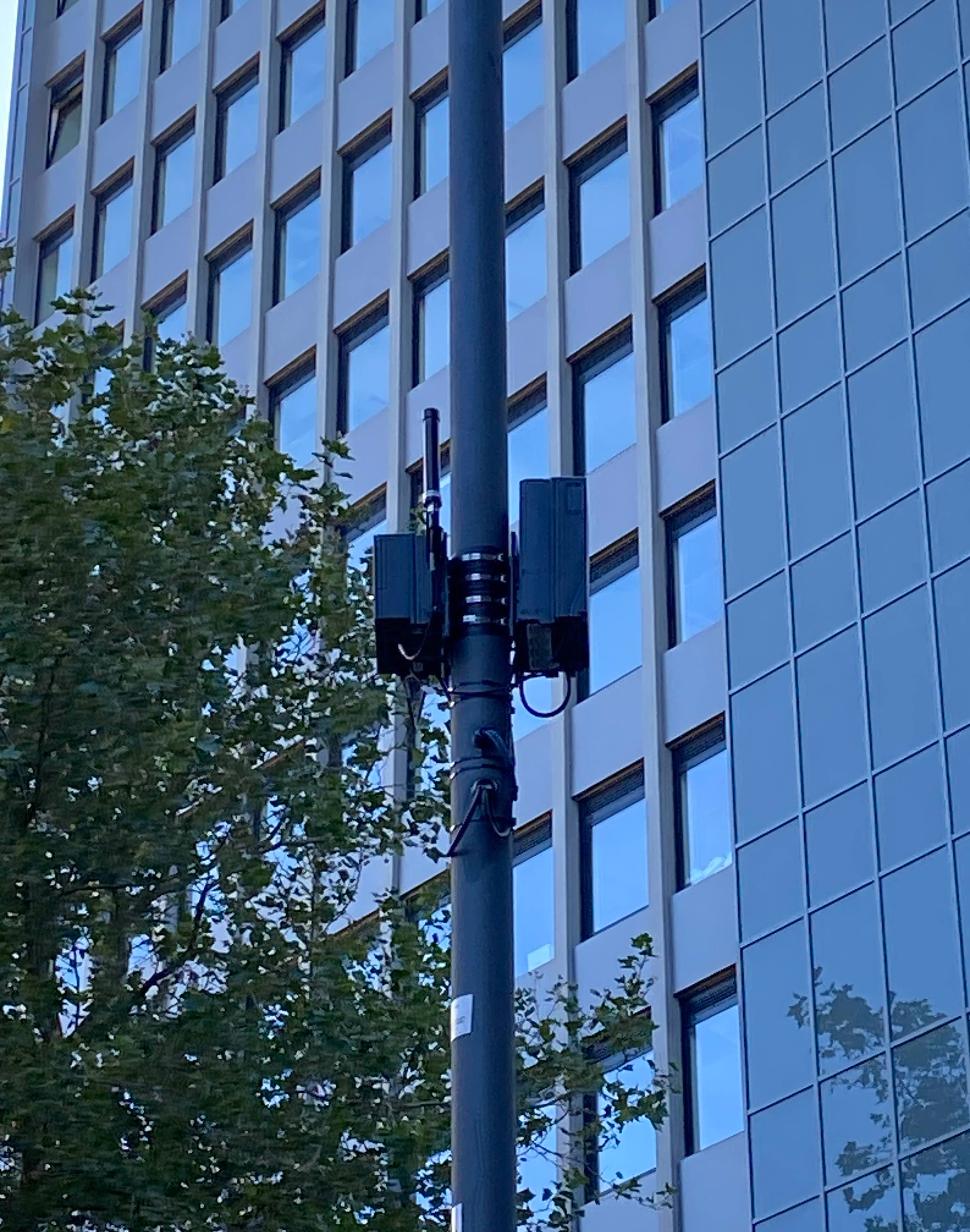Mediacentre

- 17 Apr 2023
- ·
- UK
Enhancing user experience and creating market differentiation
By Mike Harrison, Head of Products and Solutions at Cellnex UK
Listen to this article below:
When it comes to mobile networks, experience really matters.
Take people thinking about changing carrier, for instance. While cheaper deals (38%) and value for money (27%) continue to be the main reasons that customers switch, research shows that around a quarter (23%) find themselves prompted to move in order to get better network coverage[1]. That’s a problem, not least when we consider that poor service is the most common complaint amongst mobile users in the UK[2].
This issue of coverage – and most likely capacity too – is compounded by the fact that it’s harder for mobile network operators (MNOs) to guarantee the standard of service that millions of users have come to expect. As we draw closer to 2030, and the clear targets for near-ubiquitous 4G and 5G outlined in the government’s Levelling-Up White Paper, those expectations are likely to become further cemented.
While much of the discussion about coverage and capacity to date has focused on rural communities, attention is now turning to the more densely populated areas of the UK. Here, three specific issues are conspiring to prevent MNOs from delivering the experience that customers now demand: the nature of the built environment itself; the issue of getting signals from building-top antennas to ground level; and the sheer number of active users. Naturally, all these have an onward impact on reception, voice quality, and mobile data speeds.
Dense urban areas give MNOs the problem of meeting demand. Cities are some of the fastest growing areas within the UK; the population of Tower Hamlets in London, for instance, has expanded by a fifth in the past decade alone[3]. The resultant strain on capacity can have a damaging effect on user experience, particularly at peak times in high-traffic areas like stations and shopping centres.
With neither of these scenarios being particularly good for business, this is where Small Cells can help MNOs to do some levelling up of their own. Small Cells are low-power wireless transmitters and receivers, typically affixed to CCTV columns, lamp posts, and dedicated poles. As well as providing additional coverage, Small Cells can take on traffic from at- or near-capacity “macro” sites (larger, rooftop-located base stations).
To date, however, Small Cells infrastructure has largely been seen as a tactical solution to weak points within the wider network. Yes, Small Cells are a phenomenal solution to the issues above, but their true value goes far beyond just problem-solving.
Looking more strategically, some operators are already partnering with Cellnex UK to use Small Cells as a way to pilot C-RAN deployments – allowing them to deliver better customer experiences at lower cost. Others are using them to future-proof capacity, ensuring that they’re ahead of the curve when it comes to customer expectations. And, for the truly forward looking, Small Cells offer a way to capitalise on the latent promise of mmWave 5G.
Notably, the driving force behind all of these projects is not the technology itself, but the desire to do more for users. As it becomes ever easier for consumers to switch from carrier to carrier, the many advantages offered by Small Cells give MNOs everything they need to defend against the biggest threat to their business – the danger of not delivering what customers expect.
To find out more click here.
[1] US and UK audience intelligence: Why people are considering switching phone brands and carriers – YouGov, 17th May 2022
[2] Comparing customer service: mobile, home broadband and landline – Ofcom, 18th May 2022
[3] Census 2021: What are the UK’s fastest-growing cities? – City Monitor, 11th July 2022




























